Over the years, many of you gentle readers have told me that you enjoy banjo music. “Good for you,” I reply. Then I ask, “What kind of banjo music?” After a pause, most don’t offer an opinion other than asking, “Are there different kinds?” Well, yes. Hence this musical musing—in a few paragraphs, with a lot of tunes! Now, take those earplugs out!

Let’s start with a bit of banjo history.
The musical instrument that today we call a “banjo” had its roots among the African peoples. Many brought their musical culture and traditions with them—if not their musical instruments themselves—when they were transported empty handed and against their will into slavery here in the so-called New World.
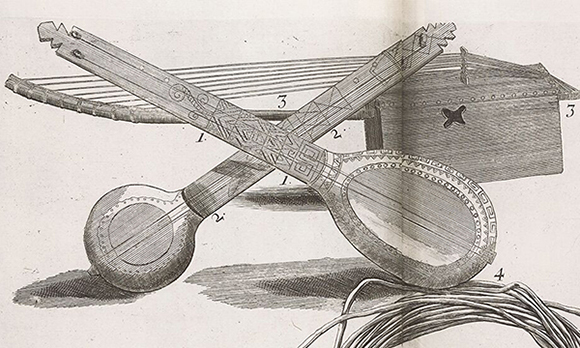
They soon found and fashioned shells or gourds, skins and strings, and sticks and wood into forms similar to those they remembered. With these, and their hands and voices, music was made.
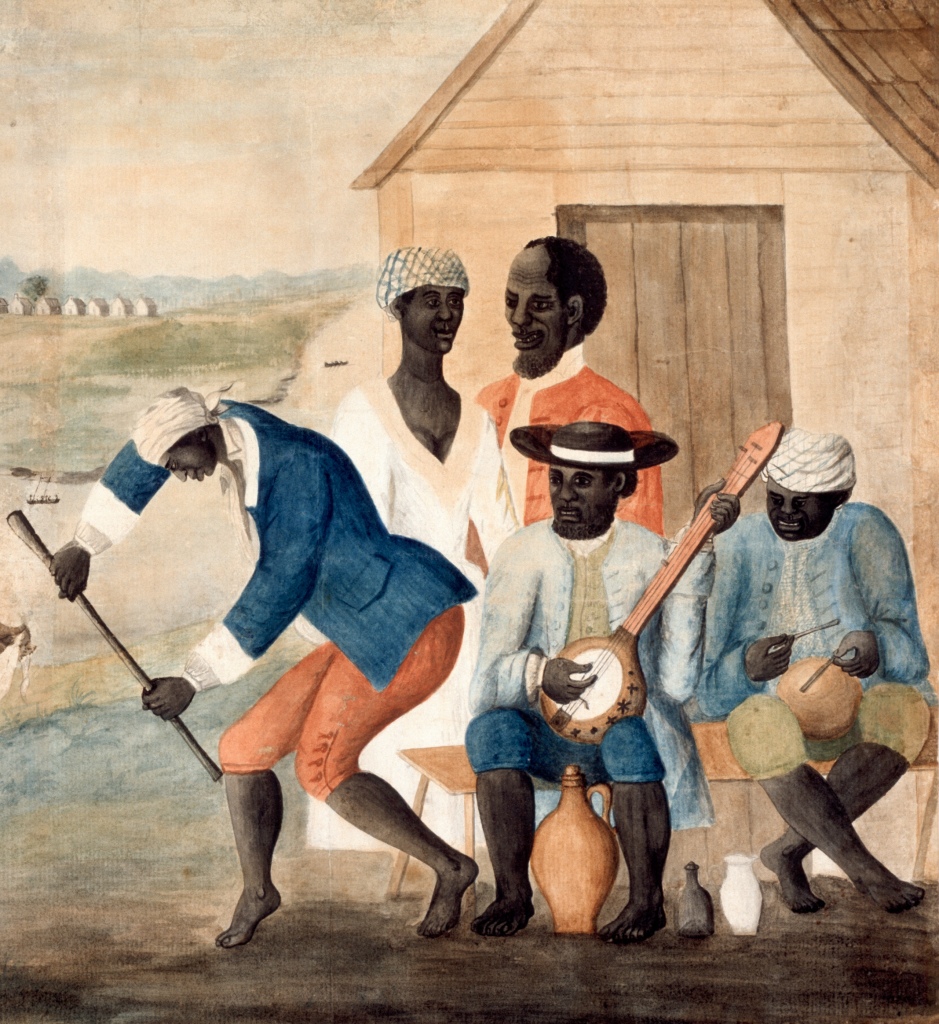
While the banjo emerged from the enslaved Black community, White America listened, liked, absorbed, and copied. And, the banjo and banjo music evolved into what we see, hear, and play today.
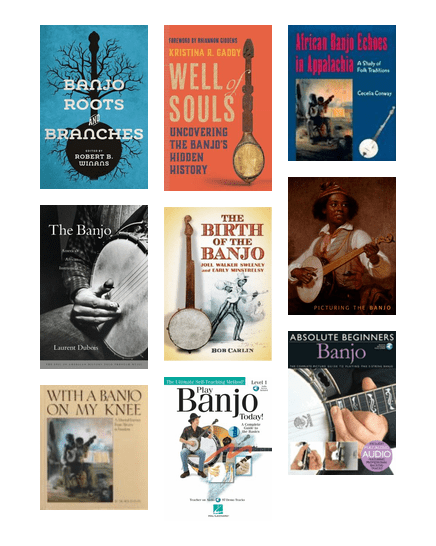
Now, let’s jump from the past to the present. As with any musical instrument or musical genre, each player focuses on their own musical directions and styles.
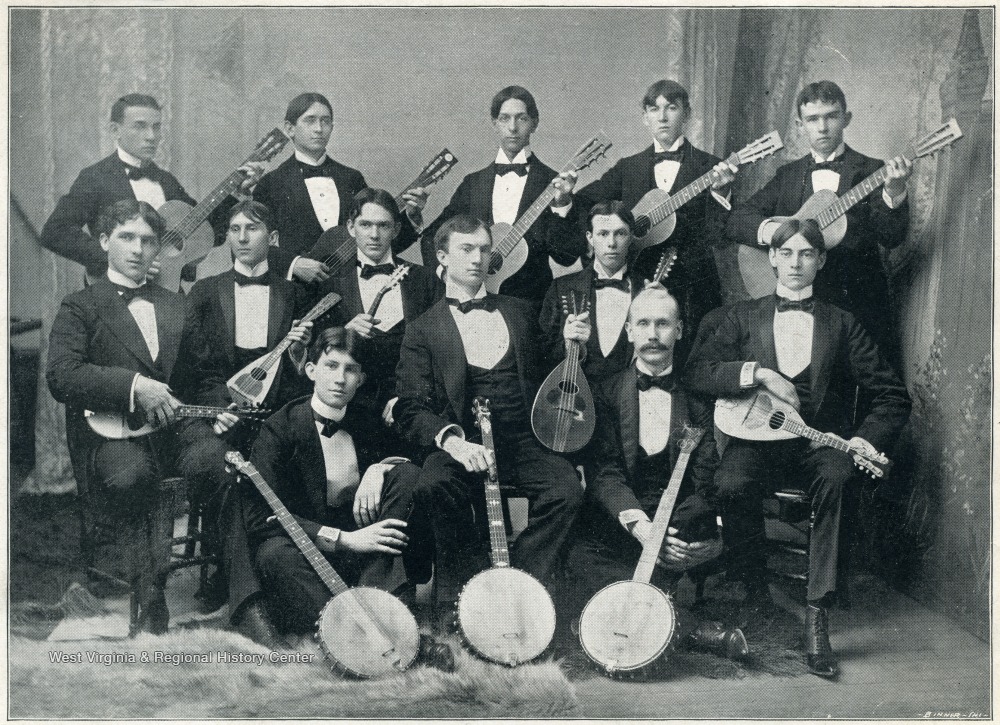
Needless to say, this varies with different cultures over time.
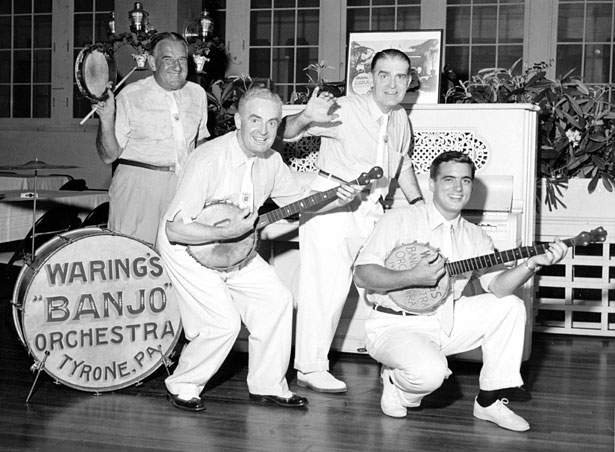

But, it’s worthwhile to take a moment to look at the three most dominant banjo playing styles commonly heard today. Hopefully this simple musical musing will help your understanding and appreciation. A careful look and listen should help to hear and understand the stylistic differences of 1) old-time “Clawhammer” playing,
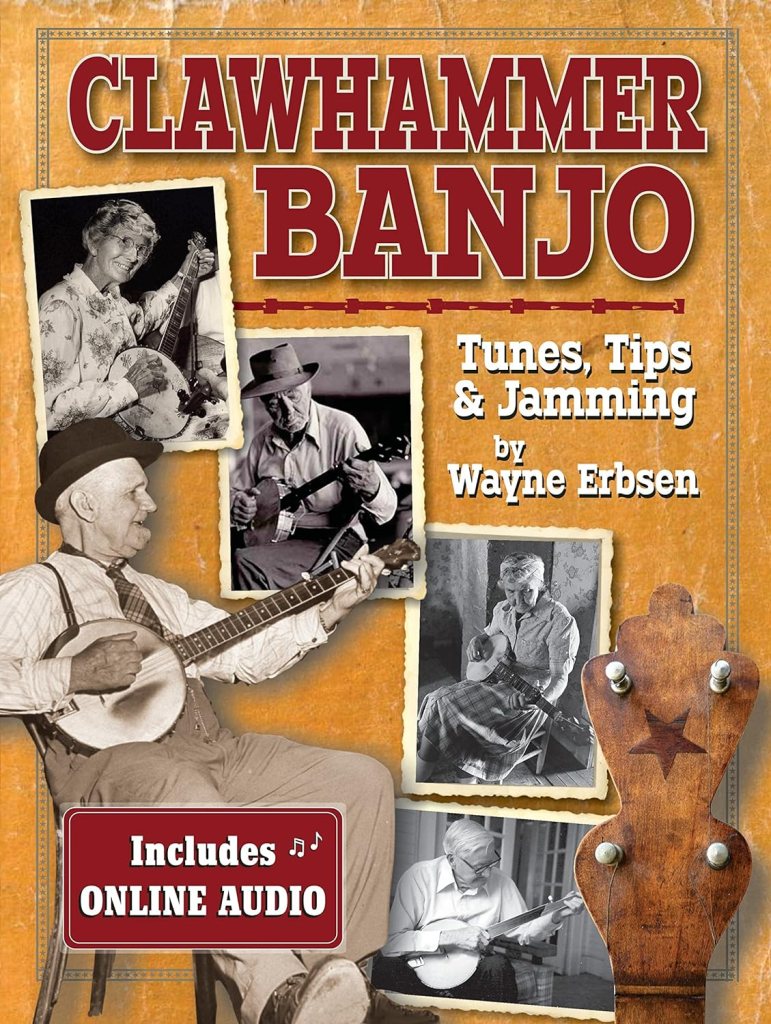
2) “Jazz” era tenor and plectrum playing,

and 3) modern “Bluegrass playing.”
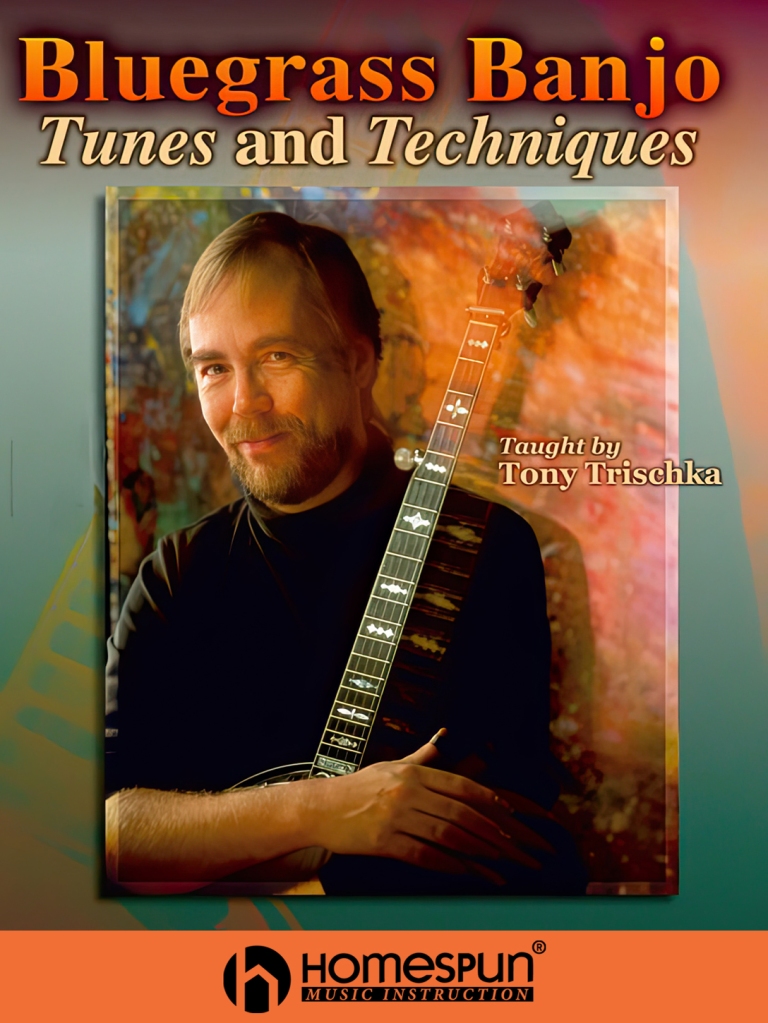
We’ll save an exploration of the bawdy “Minstrel” style,

and the genteel “Parlor” style of playing for another day. Whew! Who knew?
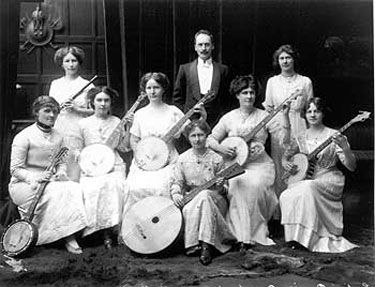
Let’s start with the style from the earliest days that is still popular with folk musicians today. That’s what is known as the old-time “Clawhammer,” or, as some folks call it, “Frailing,” style. The banjo used by most folk musicians has a skin-covered (mostly mylar today) “pot,” a 22-fret neck, and five steel strings. Four strings are full length and a fifth, called a “drone” because it is seldom fretted, is shorter than the others. The short fifth string is played with the thumb while the other four strings are played downward with the fingers in a variety of single notes and chords.

Some even prefer to go “fretless.” Why not? That’s the way fiddle players do it.

It’s the right hand position that is said to resemble a carpenters clawhammer, hence the name. Most players rely on strong fingernails rather than picks and the smoother sound produced with this style of play is particularly well suited to accompany singing and dancing. Now, click or tap on the triangles in the next couple of images for a look and listen to the great banjo artist, Steve Martin (Yes, THAT Steve Martin!), and some folks just having some musical fun, clawhammer style
Moving along . . . During the jazz age, four-string (no short fifth string here) banjos played with a “plectrum” (flat pick) were used and the style of play featured rhythmic chording as well as melodies made up of single notes and chords played up and down the neck. A popular technique to look for is the fast up and down picking called “tremolo.” A so-called “tenor” banjo usually has 19 frets while a “plectrum” banjo has the standard 22.

Many were ornately decorated to show up and show off on stage.

This style of play is well suited for dance bands or for a soloist playing in what is known as the “chord melody” style. This style has many followers today, particularly for Irish music and in amateur “banjo bands.” However, it fell out of favor with jazz and dance bands with the advent of the amplified electric guitar. Click or tap on the triangles in the next few images for a look and listen–a 1930s jazz band, an Irish player, and a couple of contemporary treatments.
Now for Bluegrass music, players will use a fretted five-string banjo and metal or hard plastic thumb- and finger-picks used primarily to pluck the strings upward in syncopated patterns called “rolls.” These banjos, like the tenor and plectrum banjos, usually have a resonator mounted to the back of the pot to intensify and project the sound.
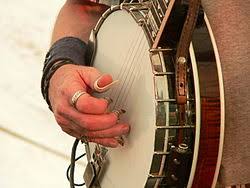
This style of play is often called “three finger picking.” The style is fast paced, and percussive with melodies emerging from the rolls. You’ll hear this style played both as background and solo in today’s bluegrass bands. Tap or click on the triangles in the next images for a look and listen, first to the late Earl Scruggs–considered both master and inventor of the style– and to a tiny wannabe.
Are your eardrums still vibrating? Well, after this deluge of strumming, chording, and picking, you should be able to go to your favorite play lists or YouTube and search for examples of the various playing styles. And, if your eardrums have survived, you’ll know the background of all those earworms you now have. My gift to you!
Wait! TMB? Too much banjo? Never! What? Ouch! Who threw that rotten tomato at me!

Just for that! Click or tap on the triangles in the next two images for my riposte! More, more, MORE! Heh, HEH, HEH!
Note: For those of the musically supercilious persuasion–not my enlightened gentle readers of course–these are the first two musicians to audition for and graduate from the Julliard School in New York on banjo. So, for those of you remain unconvinced and who might retain some lingering disdain for the banjo canon, here are the late Eric Weissberg, who wrote and performed the banjo music for the movie “Deliverance,” and the brilliant Bela Fleck. Nyaa, Nyaa Nyaa!
f
Alas, gentle readers, sad opinions still linger in the minds of the uninitiated and uninformed. Well. I tried!
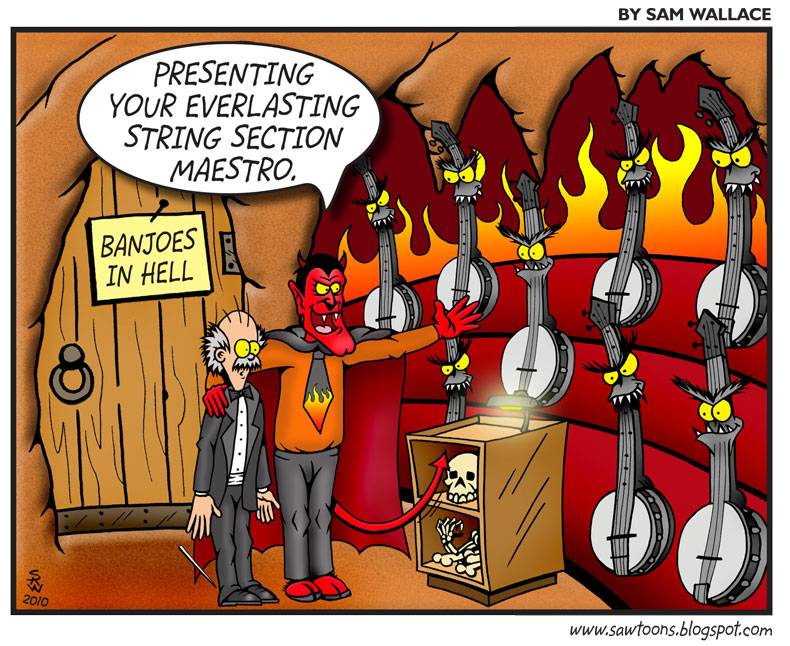
Not those of you, of course, who have absorbed the message of this musical musing and will, of course, STAY TUNED!